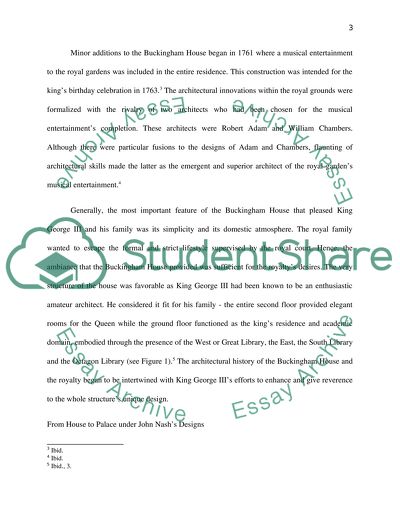Cite this document
(“John Nash and the Buckingham Palace: A Study on the Palaces Term Paper”, n.d.)
Retrieved from https://studentshare.org/history/1416652-john-nash-and-the-buckingham-palace-a-study-on-the-palaces-architectural-history
Retrieved from https://studentshare.org/history/1416652-john-nash-and-the-buckingham-palace-a-study-on-the-palaces-architectural-history
(John Nash and the Buckingham Palace: A Study on the Palaces Term Paper)
https://studentshare.org/history/1416652-john-nash-and-the-buckingham-palace-a-study-on-the-palaces-architectural-history.
https://studentshare.org/history/1416652-john-nash-and-the-buckingham-palace-a-study-on-the-palaces-architectural-history.
“John Nash and the Buckingham Palace: A Study on the Palaces Term Paper”, n.d. https://studentshare.org/history/1416652-john-nash-and-the-buckingham-palace-a-study-on-the-palaces-architectural-history.


